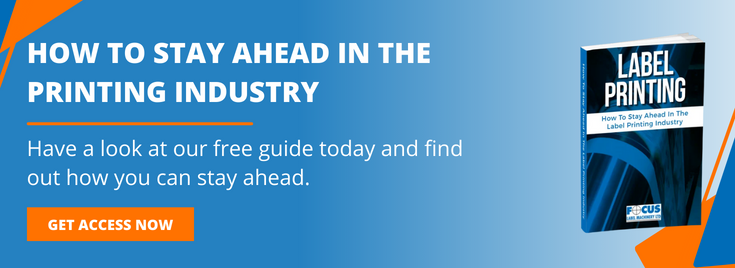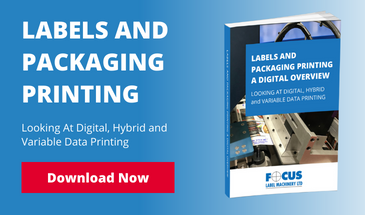
Nowadays, the choice of ink for a printing machine is by no means limited to standard, aqueous, or water-based, dye-based or pigment inks. Various other options, each with its own key properties, are available:
Latex Ink
Latex ink is a fairly recent development, akin to traditional solvent inks, but without harmful volatile organic compounds, which readily evaporate into the atmosphere. Latex ink consists of water mixed with a polymer dye and is applied to the substrate, using heat. Consequently, latex ink is unsuitable for heat-sensitive substrates, but is non-toxic, odourless and, unlike traditional solvent inks, requires little or no drying time.
UV Cured Ink
UV cured ink is a type of ink that is hardened, or ‘cured’, by means of exposure to strong ultra-violet (UV) light, rather than heat. UV cured ink dries instantly to a durable, glossy finish and is suitable for a variety of hard, uncoated substrates, including metal, plastic and wood. Pigment-based UV cured ink, in particular, can produce bright, bold, long-lasting colour. On the downside, UV cured ink is relatively expensive and requires a printing machine with an integral curing function. UV cured ink may also cause an allergic reaction, in the form of skin irritation or sensitisation, in certain people, even at very low concentrations.
Aqueous Ink
Aqueous, water-based ink uses water as its major solvent, into which a coloured pigment is dissolved. Dye-based aqueous inks can produce colourful, high-quality, smooth results, but are susceptible to moisture and UV radiation. By contrast, pigment-based aqueous inks produce less intense colours, but are waterproof and resistant to UV light. Aqueous inks are widely used for labelling foodstuffs.
LED Ink
Light Emitting Diode (LED) ink is a recent improvement to UV cured ink technology. The photochemical reaction required to dry the ink is catalysed by low-energy LED lights, rather than energy-intensive UV lighting. LED ink is an energy-efficient, low emission option compared with standard UV cured ink, but with all the benefits of the older technology.
Solid Ink
As the name suggests, solid ink is solid at room temperature. Solid ink consists of pigment particles embedded in wax to form a wide crayon, which is melted and deposited on the substrate by a heated print head. Solid ink is non-toxic and produces vibrant, high-quality results, but is best for non-absorbent substrates. The printed image is built up, layer by layer, on the substrate, leaving a notable texture, which can easily be rubbed or scraped off if the finished product is incorrectly handled.
Choosing The Right Ink For Your Application
While no eco-friendly ink is inherently better or worse than any other, depending on the application and/or print media, some types may produce more accurate, high-quality results than others. Choosing the right type of ink for your needs involves research, but understanding the pros and cons of each type should help you make an informed choice. For further information, download our free Guide to Label Printing.







